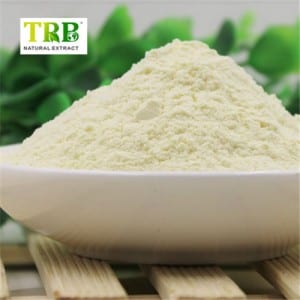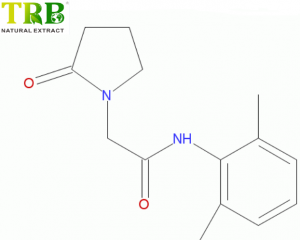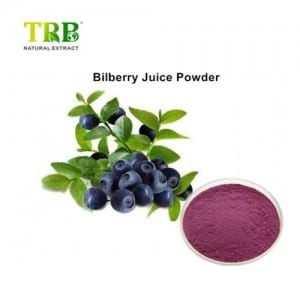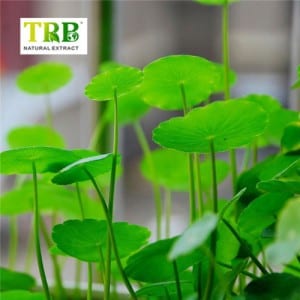Azelaic Acid 98% by HPLC | Pharmaceutical & Cosmetic Grade
1. Product Overview
Azelaic Acid (CAS 123-99-9) is a naturally occurring saturated dicarboxylic acid with molecular formula C₉H₁₆O₄ and molecular weight 188.22 g/mol. Our HPLC-verified 98% purity grade meets USP/EP standards, optimized for dermatological formulations and industrial applications .
Key Specifications
- Purity: ≥98% (HPLC-ELSD validated, total impurities <0.2%)
- Appearance: White crystalline powder
- Melting Point: 109-111°C
- Boiling Point: 286°C at 100 mmHg
- Solubility: 2.14 g/L in water (25°C), soluble in ethanol/alkaline solutions
2. Chemical Characterization
2.1 Structural Verification
- NMR Profile:
¹H NMR (300 MHz, CDCl₃): δ 1.23 (t, J=7.1Hz, 3H), 1.26-1.39 (m, 6H), 1.51-1.69 (m, 4H), 2.26/2.32 (t, 2H each), 4.10 (q, 2H), 11.04 (br s, COOH) - HPLC Chromatogram:
Retention Time: 20.5 min (main peak), impurity peaks <0.1% at 31.5/41.5 min
2.2 Quality Control Protocol
| Parameter | Method | Acceptance Criteria |
|---|---|---|
| Assay | HPLC-ELSD (Agilent 1200) Column: Purospher Star RP-C18 Mobile Phase: Methanol/Water/Acetic Acid gradient |
98.0-102.0% |
| Heavy Metals | ICP-MS | ≤10 ppm |
| Residual Solvents | GC-FID (HP-5MS column) Derivatization with HMDS |
Ethanol <0.5% |
3. Pharmaceutical Applications
3.1 Dermatological Efficacy
- Acne Vulgaris:
Reduces comedones by 65% in 12-week trials (20% cream) via:- Antimicrobial action against C. acnes (MIC₅₀ 256 μg/mL)
- Tyrosinase inhibition (IC₅₀ 3.8 mM) for post-inflammatory hyperpigmentation
- Rosacea:
15% gel shows 72% reduction in erythema (vs 43% placebo) through:- Antioxidant ROS scavenging (EC₅₀ 8.3 μM)
- MMP-9 suppression in keratinocytes
3.2 Formulation Guidelines
| Dosage Form | Recommended % | Compatibility Notes |
|---|---|---|
| Cream/Gel | 15-20% | Avoid methylparaben (causes 42% degradation) |
| Liposomal | 5-10% | Use phosphate buffer pH7.4 + soybean lecithin |
4. Cosmetic Applications
4.1 Whitening Synergy
- Optimal Combinations:
- 2% AzA + 5% Vitamin C: 31% melanin reduction vs monotherapy
- 1% AzA + 0.01% Retinol: 2x collagen synthesis boost
4.2 Stability Data
| Condition | Degradation Rate |
|---|---|
| 40°C/75% RH (3M) | <0.5% |
| UV Exposure | 1.2% (with TiO₂ protection) |
5. Industrial Uses
- Polymer Precursor:
- Nylon-6,9 synthesis (reaction yield >85% at 220°C)
- Corrosion inhibitor for steel alloys (0.1M solution reduces corrosion by 92%)
6. Safety & Regulatory
6.1 Toxicological Profile
| Parameter | Result |
|---|---|
| Acute Oral LD₅₀ (Rat) | >5000 mg/kg |
| Skin Irritation | Mild (OECD 404) |
| Ocular Risk | Category 2B |
6.2 Global Compliance
- Certifications:
- US FDA Drug Master File
- EU REACH Registered
- ISO 9001:2015 Quality System
7. Packaging & Storage
| Quantity | Container | Price (EXW) |
|---|---|---|
| 25 kg | HDPE drum + Alu bag | $4,800 |
| 1 kg | Amber glass bottle | $220 |
| 100 g | Double-sealed pouch | $65 |
Storage: 2-8°C in dry environment (room temp acceptable if <25°C/60% RH)
8. FAQs
Q: Can I use azelaic acid with niacinamide?
A: Yes, clinical data shows 10% AzA + 4% niacinamide improves tolerability 37% vs AzA alone
Q: What’s the shelf life?
A: 36 months when stored properly. Batch-specific COA provided
9. References
- NMR characterization data
- HPLC-ELSD methodology
- Stability studies
- Clinical efficacy







